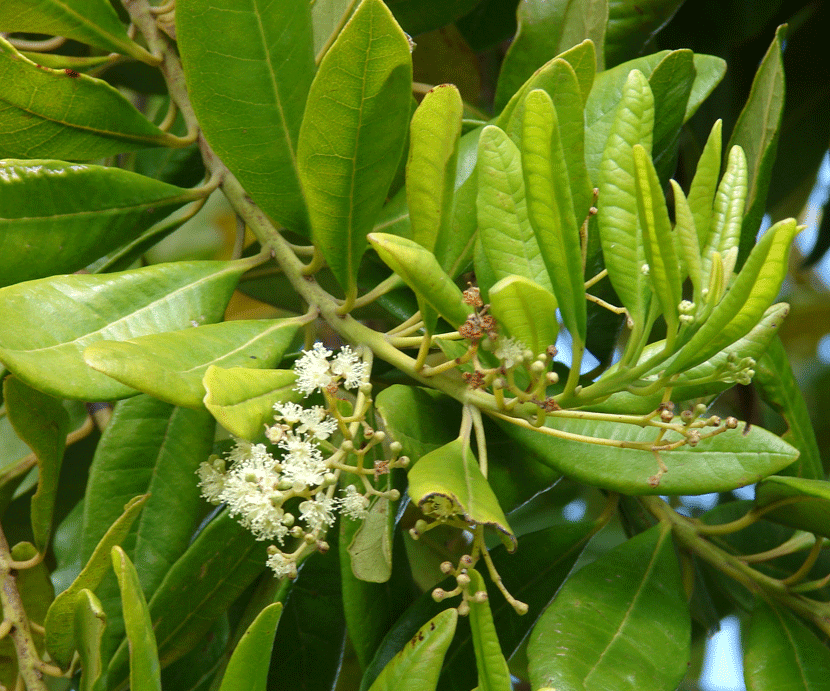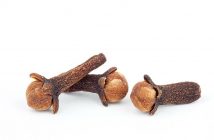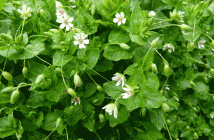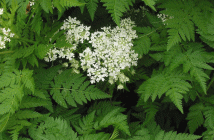 Allspice (Pimenta dioica) is derived from a tall tree native to Latin America and the Caribbean. Spanish explorers discovered it shortly
Allspice (Pimenta dioica) is derived from a tall tree native to Latin America and the Caribbean. Spanish explorers discovered it shortly
Columbus came upon the islands. Because the dried berries resembled black after peppercorns in shape and color, they were referred to as “pepper.” The Aztecs employed allspice to sweeten and flavor their favored chocolate drink. The spice was exported to Europe from 1601 onward as a substitute for cardamom. During the seventeenth century, pirates utilized it to smoke and barbecue meat prior to their expeditions in West Indian waters. The pirates called the wooden grid used to smoke the meat boucan after the French verb “boucaner” for cured or barbecued; as a result, they became known as buccaneers.
Possessing a slim trunk that sheds its soft, light-grey bark annually, the allspice tree branches high above the ground, bearing pairs of lanceolate leaves. The leaves-shiny dark-green on top and lighter underneath-possess the same aromatic properties as the berries (most notably, eugenol).
Although best known as a culinary accent, allspice is also popular in the Caribbean as an analgesic for toothaches. The berries are mashed while still green and left to dry in the sun; the resulting powder is then pounded further until it attains a fine consistency. John Heinerman relates that a Creole-speaking herbalist based in Montego Bay kept this powder in a chewing tobacco can. Whenever a toothache occurred, the herbalist dipped a wet forefinger into the powder and rubbed it inside his mouth along the gum line, relieving the pain almost immediately.
Heinerman also tells of an executive secretary who used allspice powder to mask bad mouth odor. The treatment consists of mixing the powder in a glass of warm water; the liquid is then swished around in the mouth cavity for a minute or so.
The majority of the world’s supply of allspice comes from Jamaica. Honduras, Guatemala, the Leeward Islands, and Mexico also produce the spice, though the quality is inferior.
Farrell, Kenneth T. “Allspice.” In: Spices, Condiments, and Seasonings. Westport, CT: A VI, 1985, pp. 26-30.
Heinerman, John. “Allspice (Pimenta dioica).” In: Heinerman’s Encyclopedia of Healing Herbs & Spices. Paramus, NJ: Prentice-Hall, 1996, pp. 10-11.



